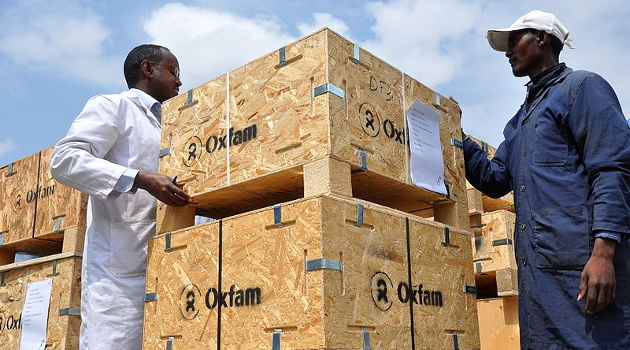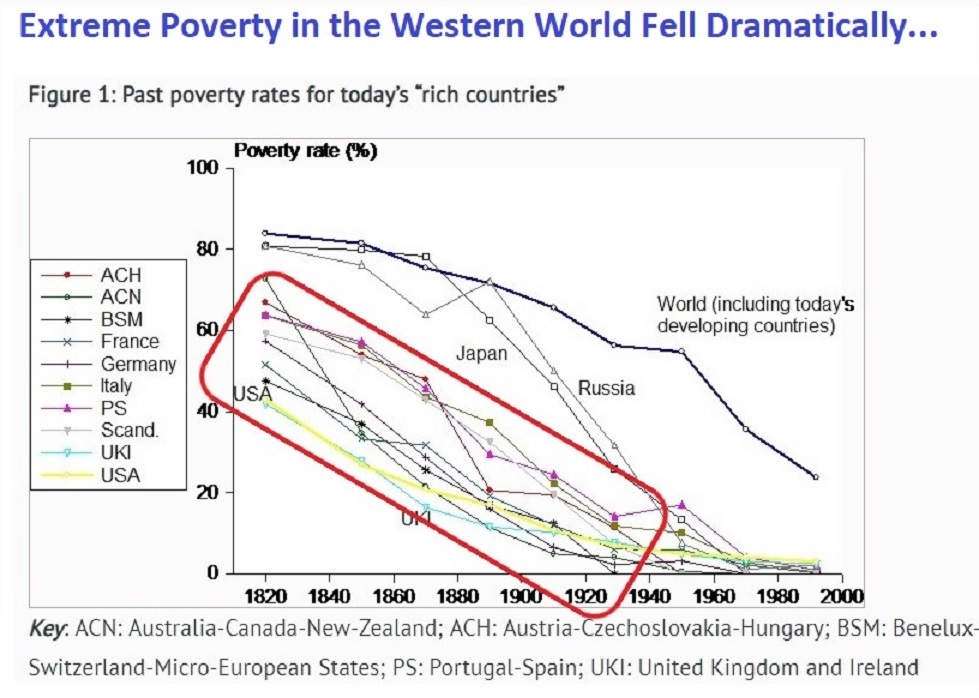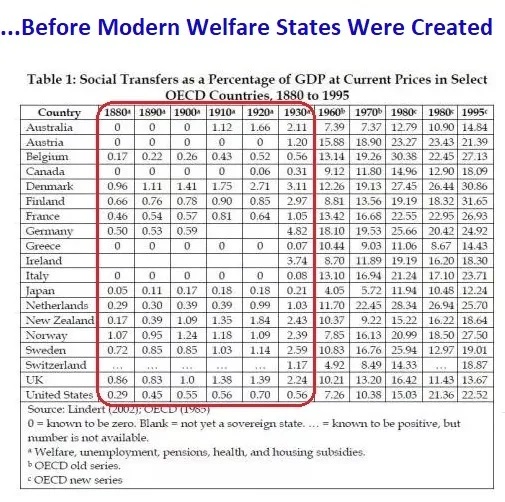As part of a conference organized by the Face of Liberty International in Nigeria, I reviewed real–world evidence to explain the recipe needed for poor nations to become rich nations. With an emphasis on fiscal policy, of course.
I think much of what I said is common sense backed by hard data.
Indeed, the evidence is so clear that I put together a never-answered-question challenge back in 2020 (which built upon an earlier version from 2014).
Why is it “never-answered”?
Because my left-leaning friends have never been able to provide an example, either now or at some point in the past, of a poor nation becoming a rich nation by imposing higher taxes and a bigger burden of government spending.
Yet supposed experts in economic development for decades have pushed foreign aid in failed efforts turn poor countries into rich countries.
More recently (and even more preposterously), international bureaucracies like the OECD, UN, and IMF have been arguing that higher taxes and bigger government are needed to promote economic development.
For all intents and purposes, my argument is based on the fact that western nations became rich in the 1800s and early 1900s when they had very low taxes and very small governments.
And if you don’t have 20 minutes to watch the above video, the most important charts come from a column I wrote back in 2018.
The first chart shows that there was a stunning reduction in poverty in western nations over a 100-year time period.
And the second chart shows that this near-miraculous improvement occurred before those nations had welfare states or any other forms of redistribution spending.
P.S. Rule of law (rather than arbitrary rule by kings, chiefs, emperors, and dictators) is a necessary prerequisite for growth. And weak rule of law is an even bigger challenge in the developing world than bad advice from international bureaucracies.
———
Image credit: Oxfam East Africa | CC BY 2.0.




